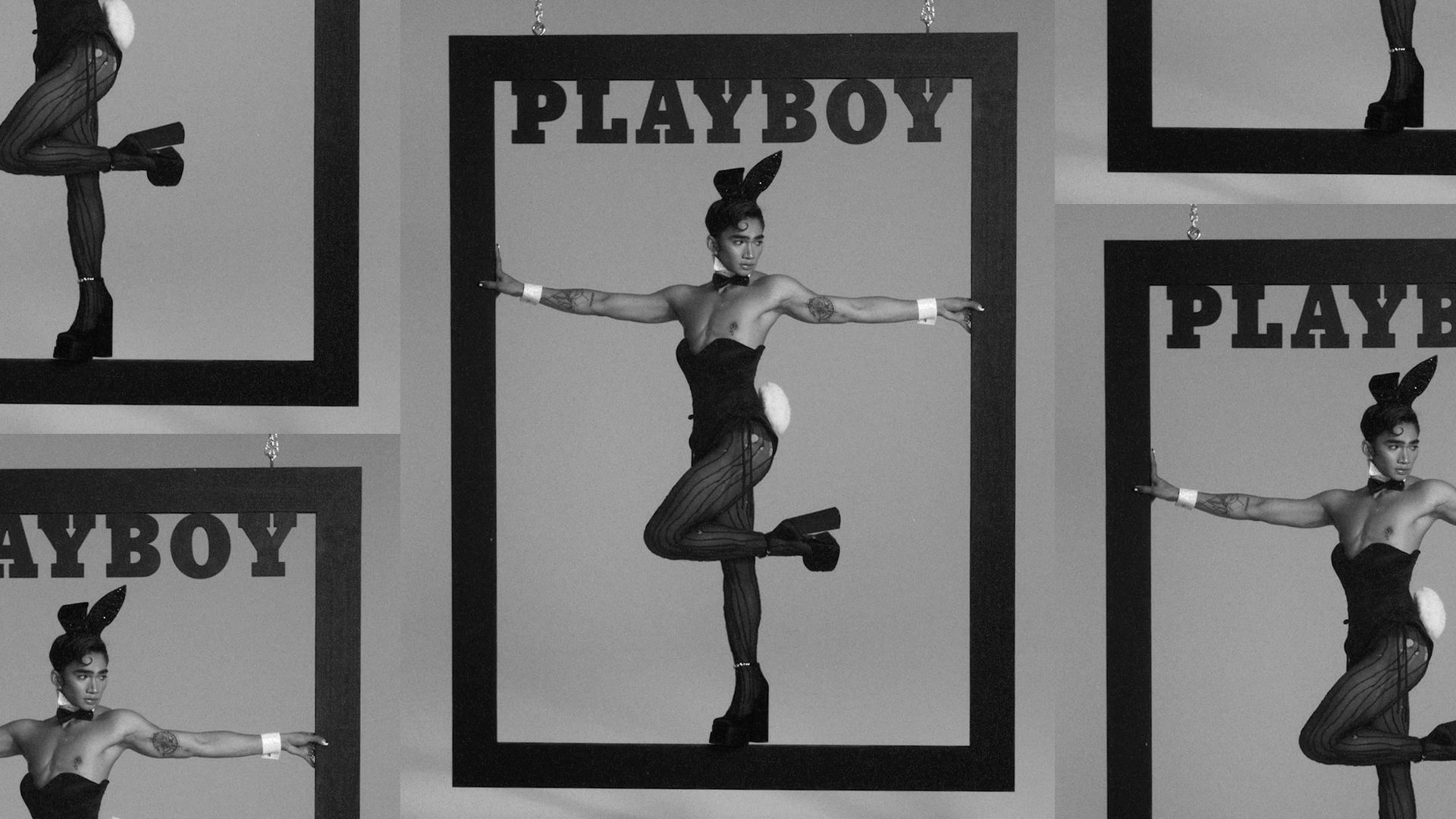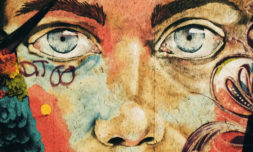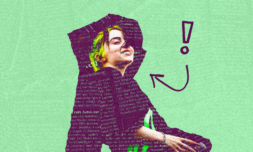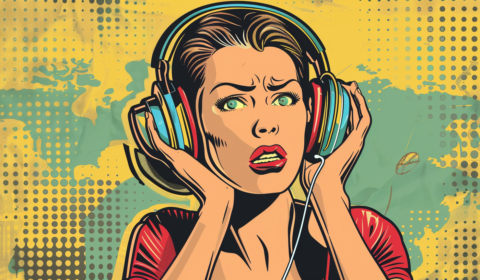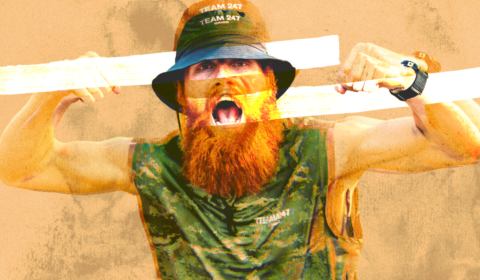Playboy has announced queer influencer Bretman Rock as its latest cover star. What do these inclusive shifts mean for pop culture’s most exclusionary spaces?
Playboy has long been known for its nude female models. But in a first for the magazine, gay Filipino Bretman Rock has been revealed as October’s cover star.
Rock announced the news on Twitter last week, writing ‘I’m a @playboy bunny DUHHHHHH’ above two images from his chic black and white photoshoot. He can be seen posing in the brand’s famous black corset and bunny ears, a post that has since been liked over 140,000 times.
I’m a @playboy bunny 🐰 DUHHHHHH pic.twitter.com/qMw5u5hbzy
— BretmanRock’s Decade (@bretmanrock) October 1, 2021
Rock gained fame on the now-defunct streaming platform Vine, but maintained success through a popular YouTube channel and Instagram account, which now boasts nearly 18 million followers.
He has also secured numerous campaign deals, including a capsule collection with retail giant Crocs, and a reality TV show with MTV.
Through his viral makeup tutorials and satirical attitude, Rock has cemented himself as a Gen Z mega-influencer, ensuring digital spaces like the beauty community remain inclusive and diverse.
For long-term readers, Rock’s feature may come as a surprise. Founded in 1953 by the late Hugh Hefner, Playboy has established itself as an outpost of men’s sexual entertainment.









